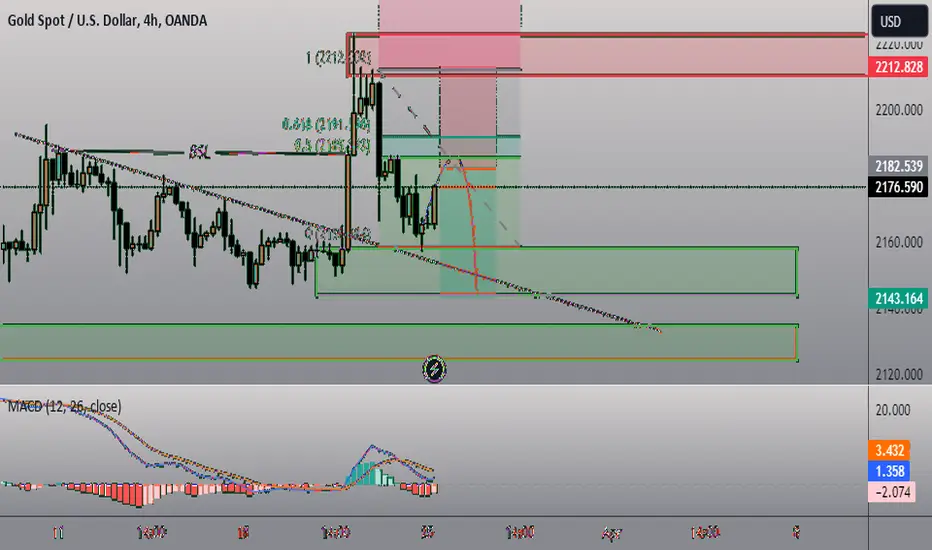In the realm of finance, gold stands as a timeless asset, revered for its stability and intrinsic value. As financial analysts, delving into the intricacies of gold offers a unique perspective on market dynamics and investment strategies.
Gold's allure lies in its dual nature as both a tangible asset and a safe haven. Its scarcity and historical significance make it a sought-after commodity, particularly during periods of economic uncertainty and market volatility.
Analyzing the factors influencing gold prices requires a nuanced understanding of global trends and macroeconomic indicators. Geopolitical tensions, central bank policies, and currency fluctuations all play significant roles in shaping the dynamics of the gold market.
Furthermore, gold's versatility extends beyond traditional investment avenues. Its applications in jewelry, technology, and industry contribute to its demand profile, influencing market sentiment and price movements.
As financial analysts, navigating the complexities of the gold market involves thorough research and careful analysis. Examining historical trends, assessing supply and demand dynamics, and staying informed about geopolitical developments are essential for making informed investment decisions.
In conclusion, gold remains a cornerstone asset in the financial world, offering stability and diversification benefits to investors. By approaching gold analysis with the expertise of a financial analyst, one can gain valuable insights into its role within the broader economic landscape and capitalize on emerging opportunities.
Gold's allure lies in its dual nature as both a tangible asset and a safe haven. Its scarcity and historical significance make it a sought-after commodity, particularly during periods of economic uncertainty and market volatility.
Analyzing the factors influencing gold prices requires a nuanced understanding of global trends and macroeconomic indicators. Geopolitical tensions, central bank policies, and currency fluctuations all play significant roles in shaping the dynamics of the gold market.
Furthermore, gold's versatility extends beyond traditional investment avenues. Its applications in jewelry, technology, and industry contribute to its demand profile, influencing market sentiment and price movements.
As financial analysts, navigating the complexities of the gold market involves thorough research and careful analysis. Examining historical trends, assessing supply and demand dynamics, and staying informed about geopolitical developments are essential for making informed investment decisions.
In conclusion, gold remains a cornerstone asset in the financial world, offering stability and diversification benefits to investors. By approaching gold analysis with the expertise of a financial analyst, one can gain valuable insights into its role within the broader economic landscape and capitalize on emerging opportunities.
Note
The price of gold is poised to decline below the $2,200 mark, according to market analysis. Despite recent fluctuations, indicators suggest a downward trajectory for gold in the near term. Factors contributing to this anticipated decline include strengthening of the US dollar, easing inflation concerns, and reduced safe-haven demand amidst improving economic conditions.Technical analysis reveals patterns signaling a potential downturn, with key support levels likely to be tested in the coming weeks. Additionally, investor sentiment towards gold has shifted, with a growing appetite for riskier assets dampening demand for the precious metal.
While geopolitical uncertainties and central bank policies remain influential, the overall outlook for gold suggests further downside potential. Investors are advised to closely monitor market developments and consider adjusting their strategies to navigate potential price movements below the $2,200 threshold.
Related publications
Disclaimer
The information and publications are not meant to be, and do not constitute, financial, investment, trading, or other types of advice or recommendations supplied or endorsed by TradingView. Read more in the Terms of Use.
Related publications
Disclaimer
The information and publications are not meant to be, and do not constitute, financial, investment, trading, or other types of advice or recommendations supplied or endorsed by TradingView. Read more in the Terms of Use.
